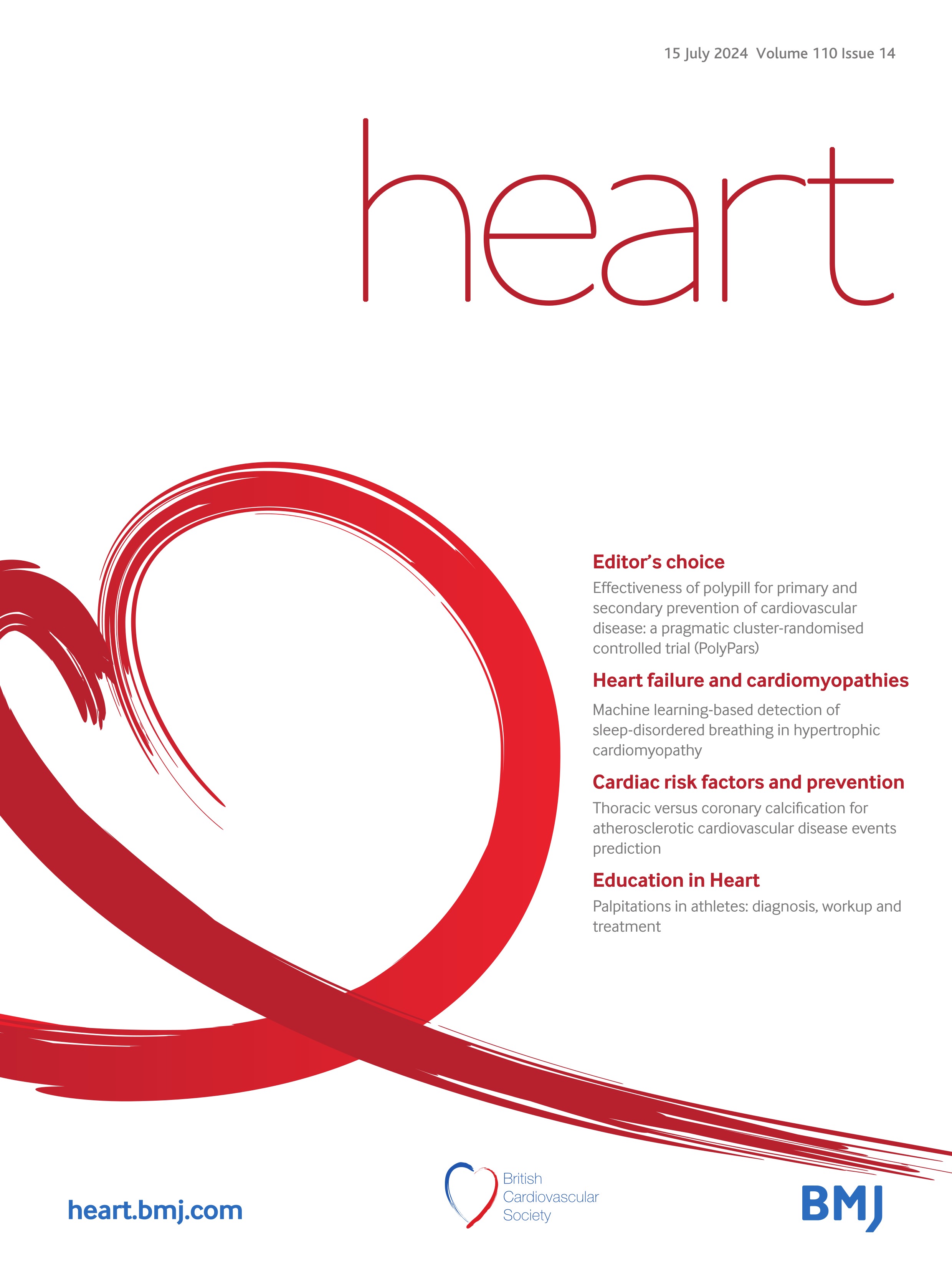
Atherosclerotic cardiovascular disease (ASCVD) remains a leading cause of death around the world. Consequently, the identification of asymptomatic patients at high risk of ASCVD events is vital to ensure the timely initiation of primary prevention therapies. Traditional clinical risk factor-based models are currently recommended for initial risk stratification in patients at low risk or without ASCVD.1 These remain imperfect, with low sensitivity for detection of premature artery disease in younger patients, and a tendency to overpredict risk in older patients. As such, there is interest in attempts to improve our existing risk-stratification models, by harnessing the use of powerful imaging tools.
Coronary artery calcification (CAC) scoring is currently one of the most powerful imaging tools that is recommended by clinical guidelines (class IIa recommendation) to aid risk-stratification in adults deemed at intermediate 10-year ASCVD risk by cardiovascular risk scores.1 2 CAC scoring holds several key advantages. It is a relatively inexpensive and widely available technique that does not require contrast administration. Importantly, the detection of coronary artery or aortic calcification is pathognomonic of underlying atherosclerotic plaque in these regions. The higher the CT calcium score, the higher the burden of coronary atherosclerosis and therefore the more plaques that might at some point in the future rupture and cause clinical events such as myocardial infarction or stroke.
Vascular calcium can also be visualised on non-ECG-gated CT scans of the chest that are performed commonly …
- The Renal Warrior Project. Join Now
- Source: http://heart.bmj.com/cgi/content/short/110/14/929?rss=1
